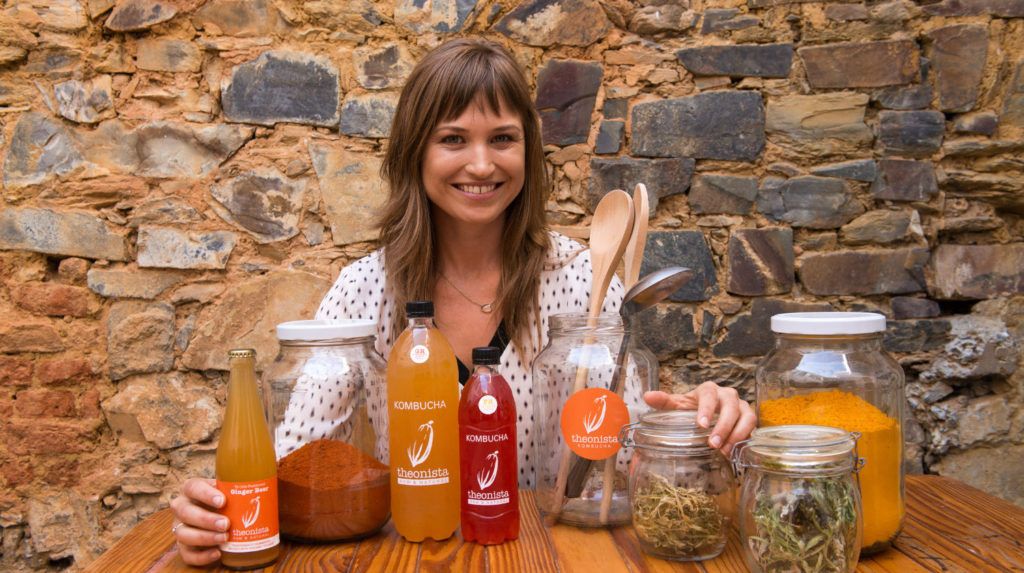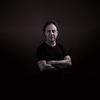Why you really should be building a brand in South Africa right now
In South Africa, over the past decade, we have witnessed the rise of some amazingly competitive consumer brands that seemingly started from nothing.

It has never been easier to start and build a brand in South Africa, than it is right now.
In South Africa, over the past decade, we have witnessed the rise of some amazingly competitive consumer brands that seemingly started from nothing - to become influential category players in their own right.
Brands like; Devil’s Peak Brewery, Funky Pants, Theonista, Veldskoon, Jack Black and Inverroche - were all started by entrepreneurs who spotted a gap in the market and have grown into proudly South African brands that are taking on competitors, supported by far bigger multinational corporations.
It’s not just in South Africa that smaller entrepreneurial brands are disrupting the status quo.
‘From industry to industry, insurgent labels seem to be eating incumbents’ lunch. Chobani, a 15-year-old company, sells one in five American yoghurts. Halo Top, a low-calorie ice cream created in 2012, was the top selling ice-cream pint in America five years later, ahead of Häagen-Dazs and Ben & Jerry’s. Rodan + Fields, relaunched from obscurity in 2008, has been America’s top-selling skincare brand for three years running. An average of 19,000 new non-food products entered the American market annually in the ten years to 2015, up from 11,000 a year in the previous decade and 3,500 in the one before that. According to the Boston Consulting Group and iri, a research firm, between 2013 and 2018 extra-small, small and retailers’ private-label brands picked up some $20bn of sales from big rivals.’
The reasons for this?
The tools needed to connect new brands with an audience have never been cheaper or more readily available to access. Adding to this – consumers are wary of the old, tired narratives that are offered by big FMCG companies. In a world where trust and authenticity are at an all time low – consumers are desperate for real stories to support rather, than just blindly buying the cheapest, mass-produced thing off the next boat from China.
‘The challengers’ success is in large part the result of successful branding. Brands used to signify provenance and consistent quality, helping businesses build trust—and charge a premium for trustworthiness while encouraging repeat custom. Though not quite identical, many rival products today look pretty similar. What differs is the story told about them. And spinning a yarn is considerably simpler than dreaming up an innovative product. Corporate owners of household names from Adidas to Zara are understandably worried. Yet even though launching a new brand has never been easier, building a big global one may, in fact, be getting harder. The upstarts’ rapid conquest of market share is real. But so are the incumbents’ structural advantages.’
‘Start with the insurgents. Messrs Raider and Katz-Mayfield approached Mythology, a brand agency in NoHo, a hip district of Manhattan, for help with crafting their narrative. It gave them the name, the logo, the original packaging and the voice, says Anthony Sperduti, Mythology’s boss, adding that “obviously, this is collaborative”. As a result, Harry’s doesn’t just sell razors. It sells simplicity (subscribe online and get blades delivered) and good vibes (the company donates 1% of revenue to men’s mental-health charities). Perhaps Mythology’s most important insight was that “for people to believe in Harry’s, they have to believe in us, personally, as founders,” says Mr Raider. Harry’s first ad revolved around him and his partner.’
So the key to building a successful brand is to offer something that the bigger players cannot; a great story, a simpler value proposition, better ingredients, a higher purpose that actually benefits society, founders who are real people rather than just a board and corporate shareholders.
The challenge for smaller brands will always be cashflow and the ability to scale, but that’s where thinking strategically and playing to your strengths comes in.
My work with disruptive brands often revolves around helping them think creatively about how they can effectively operate within the constraints that they are bound by.
If you don’t try beat the bigger guys at their game, you can play your own game and win according to your own rules of engagement.
Don't forget - it's far easier to tell a better, more engaging brand story than it is to innovate your way to disruptive change.
More: It has never been easier to launch a new brand - The Economist

